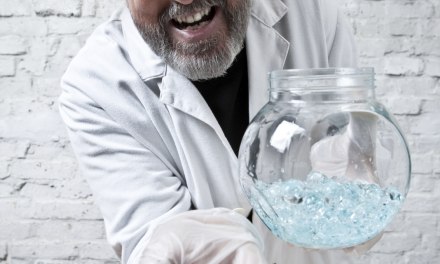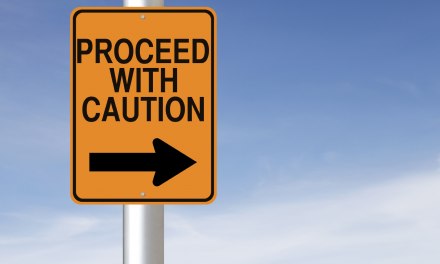What you’re reading on that Treatment Program website or brochure.
The substance abuse treatment industry is growing fast. New payment requirements for health insurance, public focus on the costs of addiction, and increasing access to a wider array of addictive substances have all contributed to increased demand, and the industry is responding.
Established treatment facilities are merging, or being acquired by larger companies, and new programs are springing up everywhere. Many of them are fine resources. And even with the growing demand, they must compete with each other for customers. It’s natural.
But what’s behind those fine-sounding terms on the website? Which provide useful information, and which are bells and whistles to enhance attractiveness?
I reviewed a few dozen websites and brochures from treatment programs, from the famous and established, to the newly-opened. Here are some of the words and phrases that kept showing up, and what they usually (but not always) signify:
Licensed treatment program: Means they’ve been surveyed and passed using State standards. If you don’t see this, ask what’s up.
Accredited: Means the center has passed another, usually more exhaustive survey by a national accrediting body, such as CARF or the Joint Commission. An indication of adherence to industry ‘best practice’ rather than minimum compliance with the law.
Credentialed staff: Licensed/ certified counselors or other professionals are required in most areas, and are essential to the program’s ability to bill your insurance company or Medicaid. Doesn’t mean all the program’s staff are credentialed, however; some make use of lesser level personnel for certain tasks.
Individualized Treatment: Nearly every program advertises this, but all it means is a treatment plan based on an assessment of the client’s history, health status, and current needs, followed by a treatment based on that assessment.
Evidence-Based: A relatively new term for reliance on therapies that have been validated through a certain level of research. An evidence-based practice (EBP) has been shown in studies to be effective, versus no treatment. That doesn’t tell us whether Therapy X is more effective than Therapy Y or Therapy Z, however. And it’s no guarantee that a particular approach will work in your case.
Client-Centered: This term came into popularity with a nondirective method of counseling focused on helping the client make effective use of his or her own resources in solving problems. The client (not the counselor) sets the goals for treatment, with the counselor facilitating the process of achieving those goals.
Holistic, Wholistic, “Treating the whole person”: This is a way of saying that the program expects clients to have other needs and problems beyond those directly related to alcohol or drug use, and is willing to address them in treatment.
There’s plenty jargon in any area of psychotherapy, and a client should always feel free to ask what something means. Getting good, clear answers is always a positive sign.
You can also check out our article on Finding the Best Addiction Treatment for YOUR Needs.













